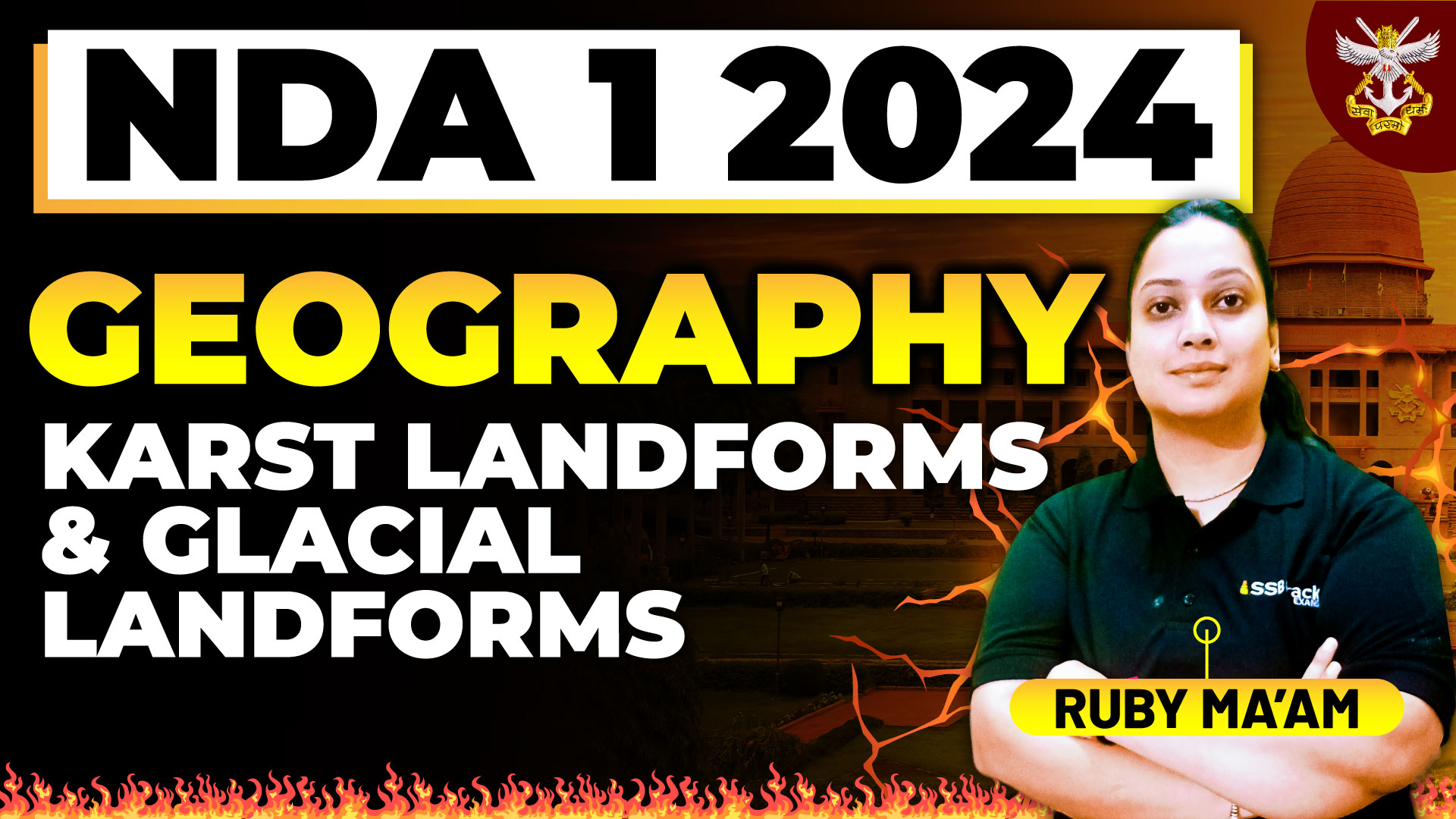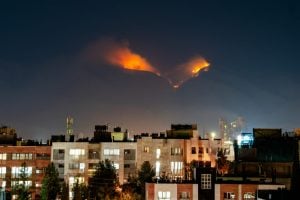Aspiring to join the National Defence Academy (NDA) is a commendable pursuit, one that requires not only mental agility but also a deep understanding of various geographical features. Among these features, the significance of karst and glacial landforms holds particular importance, offering insights into terrain characteristics that may play pivotal roles in military strategies, operations, and environmental assessments. Let’s delve into the importance of these landforms for NDA aspirants.
Karst Landforms:
Karst landscapes are shaped by the dissolution of soluble rocks such as limestone, dolomite, and gypsum. Over time, the action of water gradually carves out intricate networks of caves, sinkholes, underground rivers, and distinctive surface features. For NDA aspirants, understanding karst topography is essential for several reasons:
- Strategic Considerations: Karst regions often feature complex underground networks, making them potential sites for concealment, storage, or passage. Military operations may need to account for these underground structures, whether for shelter, communication, or resource management.
- Terrain Analysis: The unique surface features of karst landscapes, such as sinkholes and disappearing streams, can significantly impact troop movement and logistics. Navigating through these terrains requires specialized knowledge to avoid obstacles and capitalize on natural cover.
- Water Resource Management: Karst aquifers are vital sources of freshwater in many regions. Understanding the hydrology of karst systems is crucial for planning military operations, ensuring access to water supply points, and safeguarding against contamination or disruption.
- Environmental Awareness: Karst ecosystems are often delicate and highly vulnerable to human activities. NDA aspirants should grasp the importance of preserving these environments, not only for ecological reasons but also for the long-term sustainability of military operations in affected areas.
Glacial Landforms:
Glacial landscapes are shaped by the movement and deposition of ice over vast periods, resulting in distinctive features such as valleys, moraines, cirques, and aretes. Here’s why understanding glacial landforms is crucial for NDA aspirants:
- Terrain Challenges: Glacial terrain presents unique challenges for military operations due to its ruggedness, instability, and susceptibility to sudden changes. Knowledge of glacial features can aid in route planning, hazard assessment, and decision-making in extreme environments.
- Strategic Significance: Glacial regions often serve as natural barriers or chokepoints, influencing the deployment of forces and the design of defensive or offensive strategies. Understanding the topography and dynamics of glaciers is essential for assessing tactical advantages and vulnerabilities.
- Climate Considerations: Glacial landscapes are closely tied to climate patterns and environmental change. As climate variability continues to impact global regions, NDA aspirants must grasp the implications of glacial retreat, altered water resources, and shifting geopolitical dynamics in glaciated areas.
- Logistical Planning: Operations in glaciated environments require meticulous logistical planning, considering factors such as altitude sickness, extreme weather conditions, and limited accessibility. Familiarity with glacial landforms is indispensable for effective mission planning and risk management.
In conclusion, the significance of karst and glacial landforms for NDA aspirants cannot be overstated. Beyond their intrinsic geological interest, these landscapes hold strategic, logistical, and environmental implications that directly intersect with military endeavors. Armed with a comprehensive understanding of these landforms, future leaders of the armed forces can navigate diverse terrains with confidence, adaptability, and a profound respect for the natural world.





















